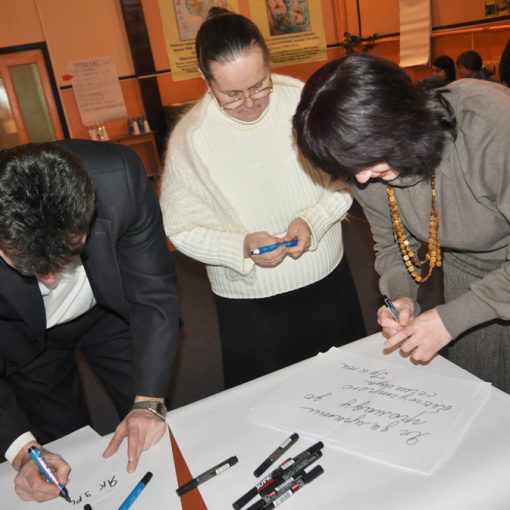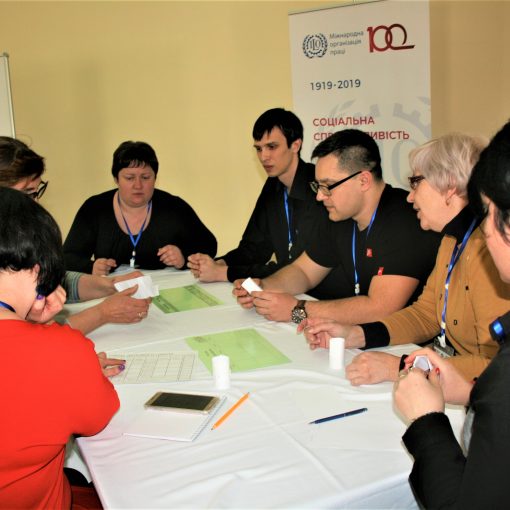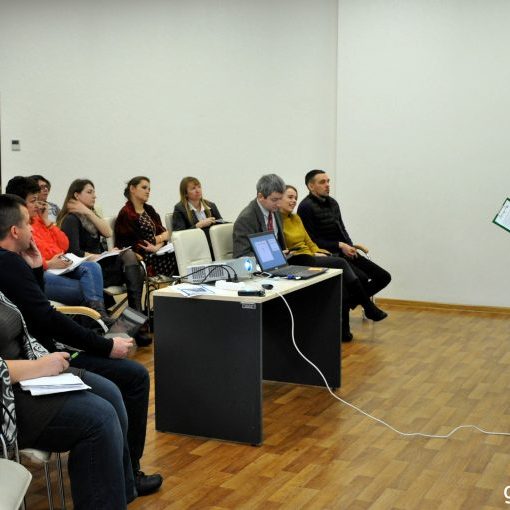GURT Resource centre since 1995 has been actively involved in developing local communities in Ukraine through fostering civic activism and strengthening local self-governance.
Between 2011 and 2014, GURT has implemented a number of projects aimed at making change in communities of Kyiv oblast: ‘New opportunities for marginalized rural communities in Chernobyl affected areas of Ukraine’, ‘Equal Opportunities for National Minorities and Disadvantaged Groups in Realizing Culture Rights: Richness in Diversity’. These projects aimed to ensure inclusive governance within rural communities by involving community members, including vulnerable ones, into the participation in community development. Within the projects GURT continued implementing inclusive governance models and practices in Ukrainian rural communities. Novy Kohorod community was one of the target groups of these projects.

Novy Kohorod village in Kyiv oblast was founded in 1986 as a settlement for people who were forced to leave their homes due to the Chernobyl nuclear disaster. The displaced persons had difficulties in adapting to a new situation, said Olha Mykhaliova, Novy Korogod village major. Disruption of familiar social environment caused social, financial and psychological problems. Little state support was insufficient to turn the situation around. Local budget was formed primarily on the basis of subsidies, so it could not finance any community development initiatives. Moreover, the dependence of people on all sorts of benefits led to a paternalistic behavior.
During 2011-2014 GURT has facilitated a complex transformation process of the Novy Korogod community that included key components of GURT’s community development know-how:
- Capacity building support for local authorities, representatives of different community-based institutions and CSOs that was provided on all stages of the project implementation, as well as activities for improving local governance procedures and structure;
- Mobilizing of community members to participate in community governance and local planning has helped to overcome the key challenges, in particular an overwhelming reluctance of community representatives to participate in community life;
- Documentation of the local governance procedures and achieved results to establish a transparent system of local decision-making.
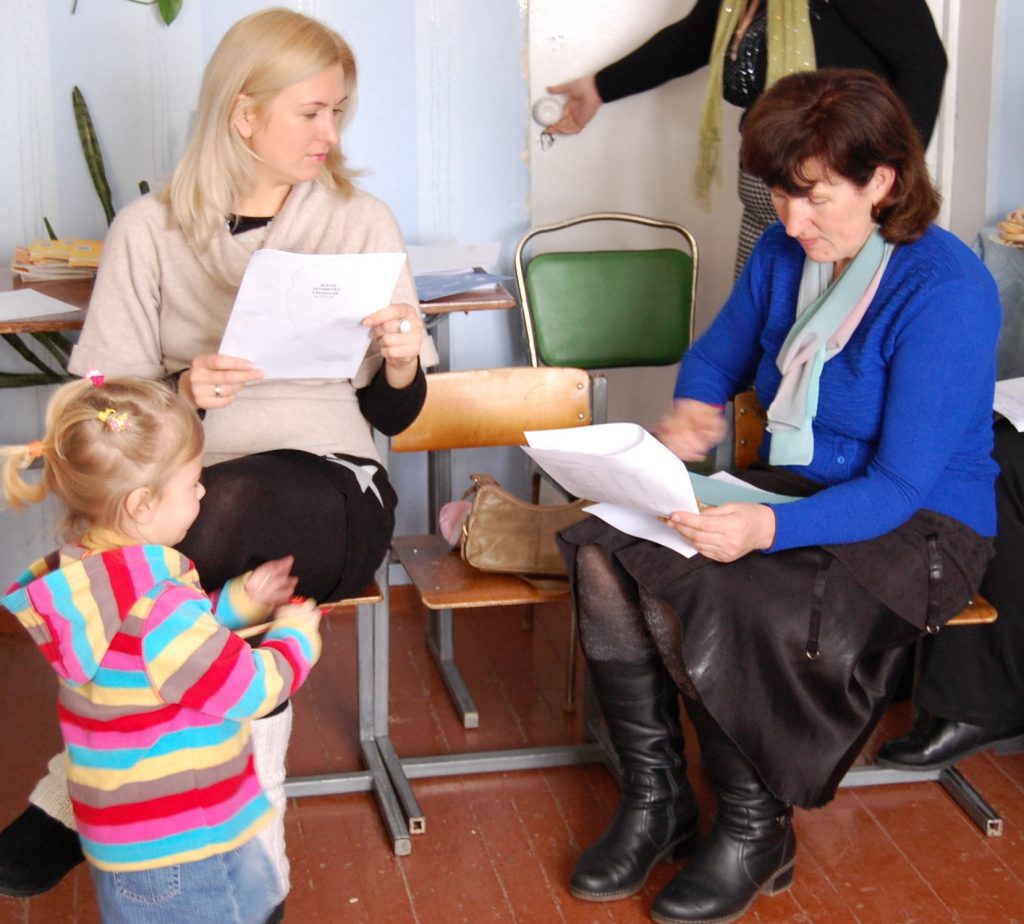
During 2011-2014 the community has drafted a community development plan that shaped the future of the community. Based on the community development plan concrete initiatives has been designed and implemented. These initiatives were focused on the provision of social, economic, and cultural rights of members of the community.
In the framework of the Project ‘Equal Opportunities for National Minorities and Disadvantaged Groups in Realizing Culture Rights: Richness in Diversity’ Novy Kogorod community received a grant to establish a recreation park ‘Novy Kogorod Vernissage’.

‘The project provided an opportunity to unite the community. A climate of distrust prevailed in the village until the first results emerged. Creation of sports and entertainment area in the community was the project of common interest of several generations fostering activism of the community. Our actions ‘spread the passion’ among those who initially doubted the capability of pioneer activists,’ believes Olha Mykhaliova, Novy Korogod village major.
‘While developing the recreation park ‘Novy Kogorod Vernissage’, we have established our community-based NGO ‘Prolisok’, which continues to function effectively after the project completion. The project implementation was accompanied with increased community activism. While the initial average age of the active population was 40-50 years, later the project engaged more young people. GURT succeed to unite local community leaders, authorities, entrepreneurs and villagers to solve community problems. It is to note that more than 70 people were involved in creating children’s playground, which is, of course, a significant index for the settlement with population of about 500 people,’ says Paraskevia Kyrpel, head of ‘Prolisok’ NGO.
After having created a sports and entertainment are villagers organized a dance study circle, built a mini boiler-room at the school, and reorganized the heating system in the premises of the medical center. A community museum that was created by active community members, exposing collections of historical and ethnographic monuments of the region was created in the school building. Moreover, due to the efforts of community members a new kindergarten has been set up, which allowed local people to become employed outside Novy Korogod. The community has managed to organize a garbage removal that is a successful practice inaccessible for most small rural communities in Ukraine. Community members continue to make efforts to make the recreation park ‘Novy Kogorod Vernissage’ a real community center.
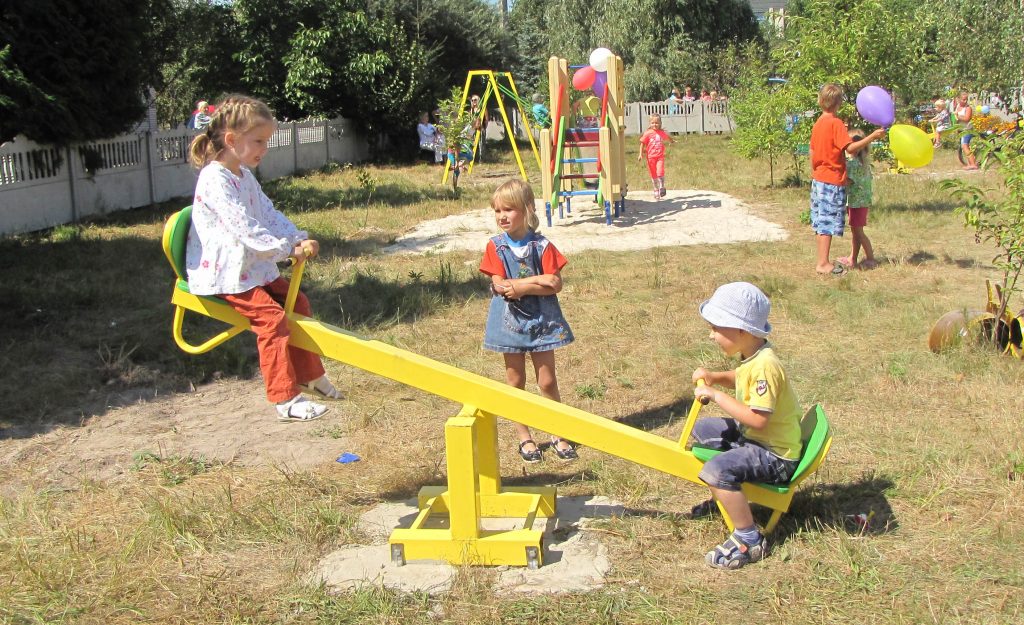
Becoming aware of the possibility of change, the community members began to hold regular meetings. The village mayor believes that due to the everyday gradual and seemingly small actions the community achieved significant results.
The plans for the community to further development include creating an out-door theater, solving the problem of improving the quality of potable water, and the development of micro- and small-business in the village.
Successful implementation of projects supported by GURT contributed to the community cohesion. It was proved by the results of village major elections in which community leader and one of the initiators to intensify the civic activism within a village Olha Mykhaliova got the support of 94% of the villagers.
Despite many external destructive factors, Novy Korogod community achieved a high level of civic engagement and effectiveness of local self-governance. The community experience was successfully disseminated to other Ukrainian rural communities in during study tours ‘Models of the rural communities development’, implemented within the project ‘Promoting the development of social infrastructure’ with the financial support of the Ukrainian Social Investment Fund.

